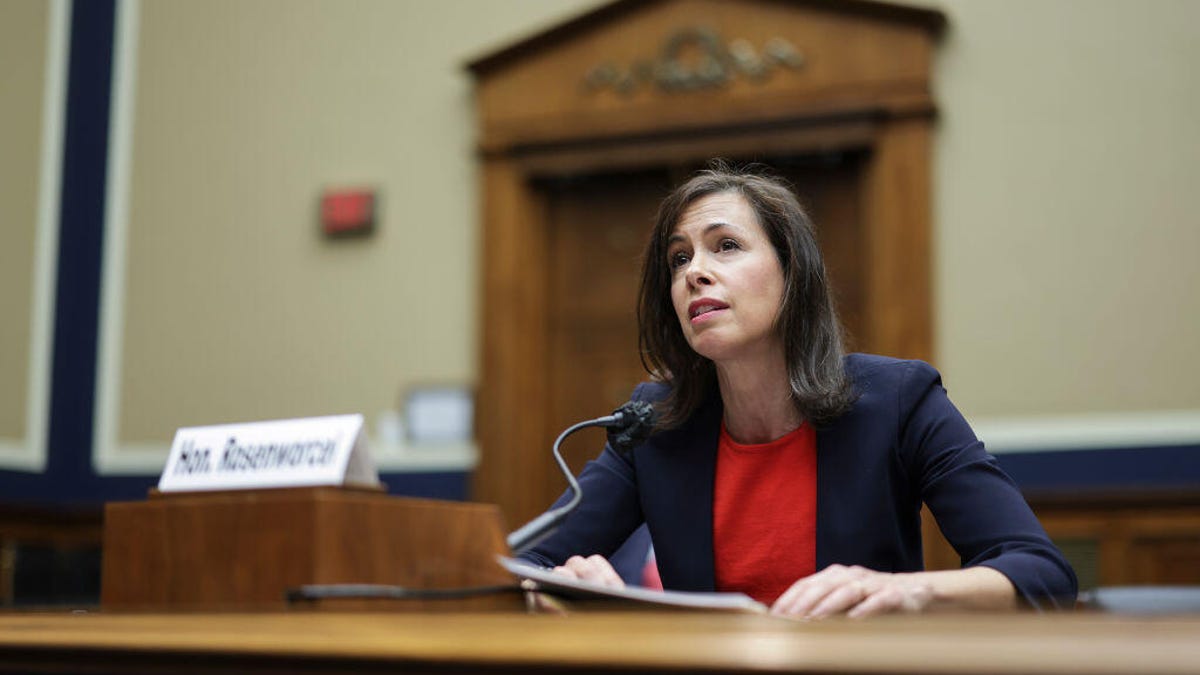Mortgage Refinance Rates on Aug. 7, 2023: Rates Are Mixed

The 15-year fixed refinance saw an increase in national rate averages over the past seven days, while 30-year fixed refinance rates didn’t change. The average rate on 10-year fixed refinance made gains.
At the start of the pandemic, refinance rates hit a historic low. But in early 2022, the Federal Reserve began hiking interest rates in an effort to curb high inflation. While the Fed doesn’t directly set mortgage rates, its series of rate hikes has led to an increased cost of borrowing among most consumer loan products, including mortgages and refinances.
After hitting pause on its rate hiking campaign in June, the Fed voted once again to bump up its benchmark short-term interest rate, the federal funds rate, by 25 basis points (or 0.25%) at its July 26 Federal Open Market Committee meeting.
A higher federal funds rate could result in a slight increase in mortgage rates, according to Krieg Tidemann, assistant professor of economics at Niagara University.
But if inflation continues to decline and the Fed is able to hold rates steady — and eventually cut them in 2024 — mortgage rates should see some relief. But, a return of rates in the 2% to 3% range is unlikely. Unless you bought a house within the past year, it’s unlikely you can save money by refinancing to a mortgage with a lower rate.
Regardless of where rates are headed, homeowners shouldn’t focus on timing the market, and should instead decide if refinancing makes sense for their financial situation. As long as you can get a lower interest rate than your current one, refinancing will likely save you money. Do the math to see if it makes sense for your current finances and goals. If you decide to refinance, make sure you compare rates, fees and the annual percentage rate, or APR, — which shows the total cost of borrowing — from different lenders to find the best deal.
30-year fixed-rate refinance
The current average interest rate for a 30-year refinance is 7.40%, unmoved compared to one week ago. (A basis point is equivalent to 0.01%.) Refinancing to a 30-year fixed loan from a shorter loan term can lower your monthly payments. If you’re having difficulties making your monthly payments currently, a 30-year refinance could be a good option for you. However, interest rates for a 30-year refinance will typically be higher than rates for a 10- or 15-year refinance. It’ll also take you longer to pay off your loan.
15-year fixed-rate refinance
For 15-year fixed refinances, the average rate is currently at 6.76%, an increase of 7 basis points from what we saw the previous week. With a 15-year fixed refinance, you’ll have a larger monthly payment than a 30-year loan. But you’ll save more money over time, because you’re paying off your loan quicker. Interest rates for a 15-year refinance also tend to be lower than that of a 30-year refinance, so you’ll save even more in the long run.
10-year fixed-rate refinance
The average rate for a 10-year fixed refinance loan is currently 6.83%, an increase of 9 basis points over last week. A 10-year refinance will typically feature the highest monthly payment of all refinance terms, but the lowest interest rate. A 10-year refinance can be a good deal, since paying off your house sooner will help you save on interest in the long run. Just be sure to carefully consider your budget and current financial situation to make sure that you can afford a higher monthly payment.
Where rates are headed
Mortgage rates hit a 20-year high in late 2022, but now the macroeconomic environment is changing again. Rates dropped significantly in January before climbing back up in February. Since the start of the summer, mortgage rates have been fluctuating between 6.5% and 7%.
Mortgage rates move up and down on a daily basis in response to a variety of economic factors, including inflation, employment and the outlook for the economy more broadly.
The most recent Consumer Price Index shows annual inflation was at 3.0% for the 12-month period ended in June, down sharply from May’s 4.0% figure.
“Barring some radical change in the trajectory of inflation or a recession, it seems unlikely that the Fed will further increase interest rates after July. This means that mortgage rates are likely at or near their peak,” Tidemann said.
Mortgage rates are unlikely to decrease dramatically any time soon, but positive signaling from the Fed and cooling inflation may ease some of the upward pressure on them.
We track refinance rate trends using data collected by Bankrate. Here’s a table with the average refinance rates supplied by lenders across the country:
Average refinance interest rates
| Product | Rate | A week ago | Change |
|---|---|---|---|
| 30-year fixed refi | 7.40% | 7.40% | N/C |
| 15-year fixed refi | 6.76% | 6.69% | +0.07 |
| 10-year fixed refi | 6.83% | 6.74% | +0.09 |
Rates as of August 7, 2023.
How to find personalized refinance rates
It’s important to understand that the rates advertised online often require specific conditions for eligibility. Your interest rate will be influenced by market conditions as well as your specific credit history, financial profile and application.
Having a high credit score, a low credit utilization ratio and a history of consistent and on-time payments will generally help you get the best interest rates. You can get a good feel for average interest rates online, but make sure to speak with a mortgage professional in order to see the specific rates you qualify for. To get the best refinance rates, you’ll first want to make your application as strong as possible. The best way to improve your credit ratings is to get your finances in order, use credit responsibly and monitor your credit regularly. Don’t forget to speak with multiple lenders and shop around.
Refinancing can be a great move if you get a good rate or can pay off your loan sooner — but consider carefully whether it’s the right choice for you at the moment.
When to consider a mortgage refinance
In order for a refinance to make sense, you’ll generally want to get a lower interest rate than your current rate. Aside from interest rates, changing your loan term is another reason to refinance. When deciding whether to refinance, be sure to take into account other factors besides market interest rates, including how long you plan to stay in your current home, the length of your loan term and the amount of your monthly payment. And don’t forget about fees and closing costs, which can add up.
As interest rates increased throughout 2022, the pool of refinancing applicants contracted. If you bought your house when interest rates were lower than they are today, there may not be a financial benefit in refinancing your mortgage.
Source: CNET















